Socioeconomic indicators in epidemiologic research: A practical example from the LIFEPATH study
- PMID: 28557991
- PMCID: PMC5448763
- DOI: 10.1371/journal.pone.0178071
Socioeconomic indicators in epidemiologic research: A practical example from the LIFEPATH study
Abstract
Background: Several social indicators have been used in epidemiological research to describe socioeconomic position (SEP) of people in societies. Among SEP indicators, those more frequently used are education, occupational class and income. Differences in the incidence of several health outcomes have been reported consistently, independently from the indicator employed. Main objectives of the study were to present the socioeconomic classifications of the social indicators which will be employed throughout the LIFEPATH project and to compare social gradients in all-cause mortality observed in the participating adult cohorts using the different SEP indicators.
Methods: Information on the available social indicators (education, own and father's occupational class, income) from eleven adult cohorts participating in LIFEPATH was collected and harmonized. Mortality by SEP for each indicator was estimated by Poisson regression on each cohort and then evaluated using a meta-analytical approach.
Results: In the meta-analysis, among men mortality was significantly inversely associated with both occupational class and education, but not with father's occupational class; among women, the increase in mortality in lower social strata was smaller than among men and, except for a slight increase in the lowest education category, no significant differences were found.
Conclusions: Among men, the proposed three-level classifications of occupational class and education were found to predict differences in mortality which is consistent with previous research. Results on women suggest that classifying them through their sole SEP, without considering that of their partners, may imply a misclassification of their social position leading to attenuation of mortality differences.
Conflict of interest statement
Figures


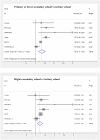
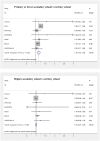
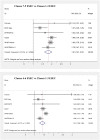
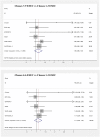
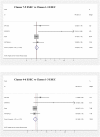
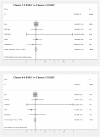
References
-
- Wright EO. Approaches in Class Analysis. New York, NY: Cambridge University Press, 2005.
-
- Oakes JM, Rossi PH. The measurement of SES in health research: current practice and steps toward a new approach. Soc Sci Med 2003;56:769–84. - PubMed
-
- McFadden E, Luben R, Wareham N, Bingham S, Khaw KT. Occupational social class, educational level, smoking and body mass index, and cause-specific mortality in men and women: a prospective study in the European Prospective Investigation of Cancer and Nutrition in Norfolk (EPIC-Norfolk) cohort. Eur J Epidemiol. 2008;23(8):511–22. 10.1007/s10654-008-9267-x - DOI - PubMed
MeSH terms
Grants and funding
LinkOut - more resources
Full Text Sources
Other Literature Sources

